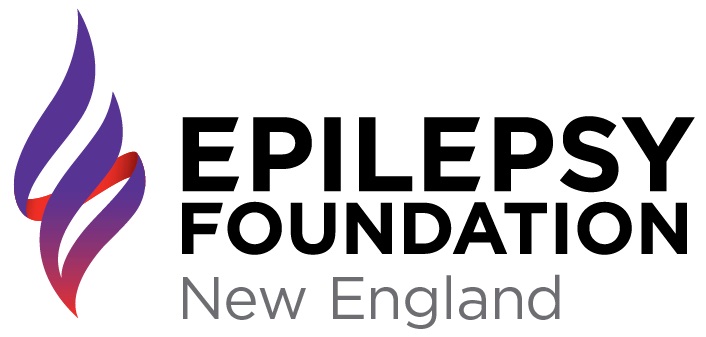Atonic Seizures
Atonic seizures - sometimes known as “drop attacks” - feature an abrupt loss of muscle tone. The eyelids may droop, the head may nod, and the person may drop things and often falls to the ground. In some children, only their head suddenly drops. The person usually remains conscious.
These seizures typically last less than 15 seconds. They often start in childhood yet last into adulthood. Many people with atonic seizures are injured when they fall, so they may choose to use protection such as a helmet.
Who is at risk for atonic seizures?
Atonic seizures usually begin in childhood and are often seen in syndromes like Lennox Gastaut syndrome.
What’s it like to have an atonic seizure?
In an atonic seizure, the person's body will suddenly become limp. If sitting, their head or upper body may slump over. If standing, the person many fall limply to the ground. People who have seizures that cause them to fall rigidly (like a tree trunk) often have tonic seizures (involving sudden muscle contraction), whereas with atonic seizures the muscles remain relaxed.
What happens after an atonic seizure?
When an atonic seizure ends, the person may or may not be confused. Because these seizures often result in falls, first aid may be necessary especially if the seizure led to an injury or bruise. Helmets are often recommended for patients who have this type of seizure.
If someone has atonic seizures, how often will they occur?
It depends. Patients who have this type of seizure may have one seizure or several in a row. When an atonic seizure occurs, try your best to make sure the person is in a safe place to prevent injuries from a fall.
How can I tell if someone is having an atonic seizure?
These seizures tend to be fairly obvious because the person if standing may suddenly drop and fall to the ground. Other times, the person if seated may appear to have their head suddenly droop down.
How are atonic seizures diagnosed?
It is often the case that descriptions of atonic seizures by witnesses will suggest the diagnosis. Sometimes EEG monitoring may also be performed to confirm it. If the seizures persist, other tests may be used to make sure that changes in the heart rhythm or blood pressure are not causing the patient to fall down.
How are atonic seizures treated?
There are medicines, devices (Vagus nerve stimulator), diet (ketogenic or modified Atkins) and even surgeries (callosotomy) that can help prevent atonic seizures.
What should I do if I think my child, loved one, or myself may have atonic seizures?
If you think your child, loved one, or you may be having atonic seizures, it is important to talk to your doctor right away. These seizures have the potential to cause serious injury due to falls. Getting an appropriate diagnosis and treatment is essential.

